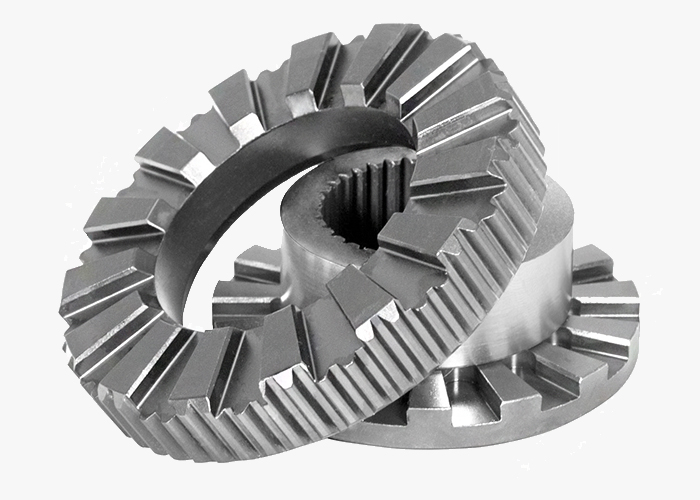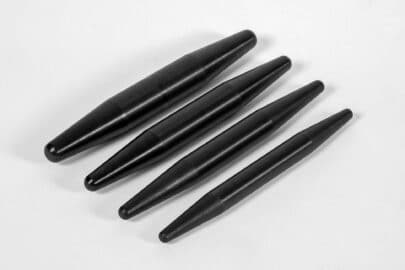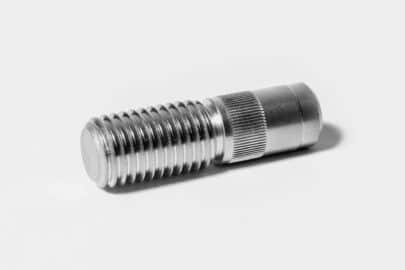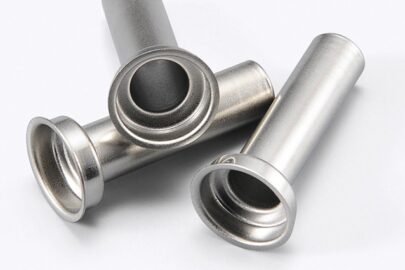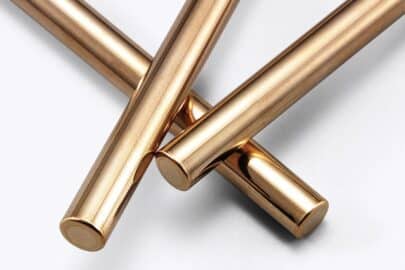Heat Treatment
Heat treatment is a process that changes the structure and performance of metal materials by heating, keeping them warm, and cooling them. Its purpose is to improve the strength, hardness, toughness, wear resistance and other mechanical properties of metal materials, or to improve the processing performance of metal materials.
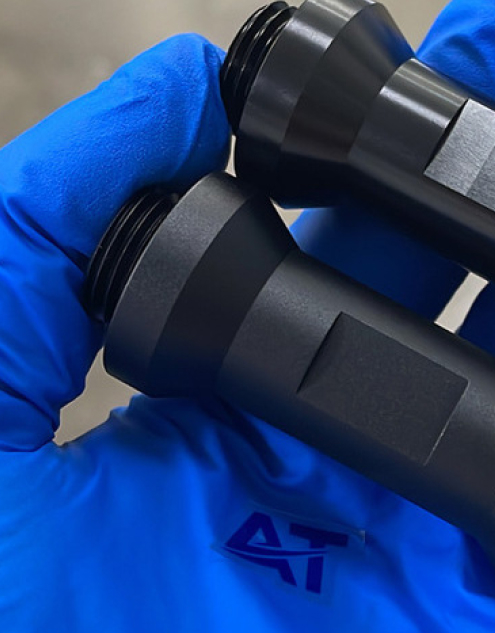
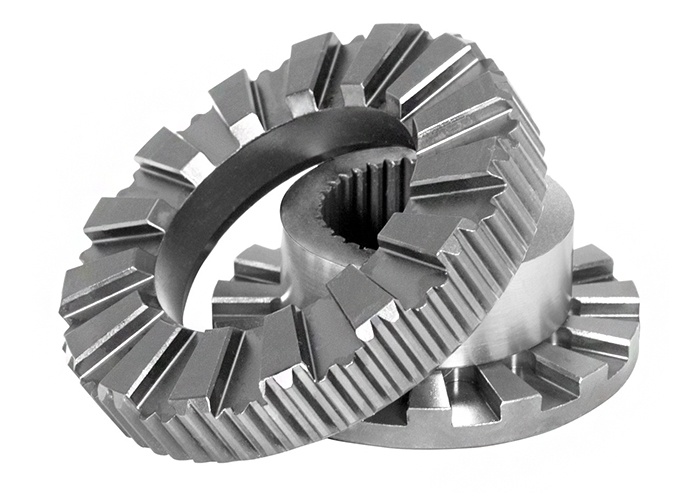
Materials for Heat Treatment

High machinability and ductility. Aluminum alloys have good strength-to-weight ratio, high thermal and electrical conductivity, low density and natural corrosion resistance.

Highly resistant to seawater corrosion. The material’s mechanical properties are inferior to many other machinable metals, making it best for low-stress components produced by CNC machining.

Brass is mechanically stronger and lower-friction metal properties make CNC machining brass ideal for mechanical applications that also require corrosion resistance such as those encountered in the marine industry.

Few metals have the electric conductivity that copper has when it comes to CNC milling materials. The material’s high corrosion resistance aids in preventing rust, and its thermal conductivity features facilitate CNC machining shaping.

Titanium is an advanced material with excellent corrosion resistance, biocompatibility, and strength-to-weight characteristics. This unique range of properties makes it an ideal choice for many of the engineering challenges faced by the medical, energy, chemical processing, and aerospace industries.

Iron is an indispensable metal in the industrial sector. Iron is alloyed with a small amount of carbon – steel, which is not easily demagnetized after magnetization and is an excellent hard magnetic material, as well as an important industrial material, and is also used as the main raw material for artificial magnetism.
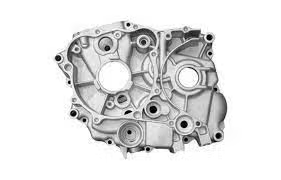
Due to the low mechanical strength of pure magnesium, magnesium alloys are mainly used. Magnesium alloy has low density but high strength and good rigidity. Good toughness and strong shock absorption. Low heat capacity, fast solidification speed, and good die-casting performance.
Design Considerations
- Try to design symmetrical parts to reduce deformation during heat treatment. For example, avoid designing a single keyway on a shaft, as this may cause uneven deformation during quenching.
- Try to make the cross-section of the part uniform so that it can absorb or release heat evenly during heating and cooling. Uneven cross-sections may cause local overheating or overcooling, causing deformation or cracks.
- Avoid stress concentration areas such as sharp corners, sharp edges and sudden changes in cross-section during design, as these areas are prone to cracks during heat treatment.
- During heat treatment, parts may require special supports or fixtures to prevent them from deforming or sagging at high temperatures. For example, for long and thin parts, suitable support structures need to be designed to maintain their shape.
- Deformation after heat treatment should be considered during design, and sufficient machining allowance should be reserved for subsequent finishing.
